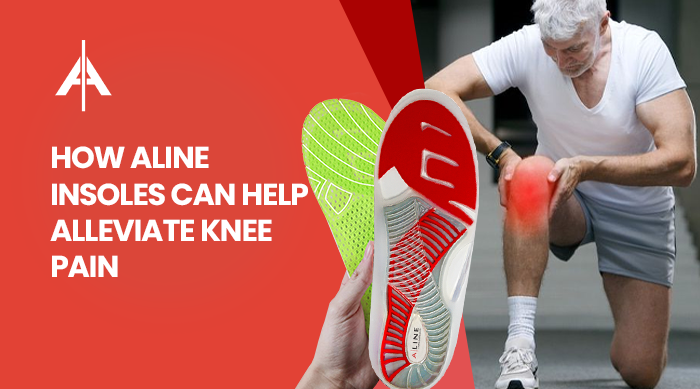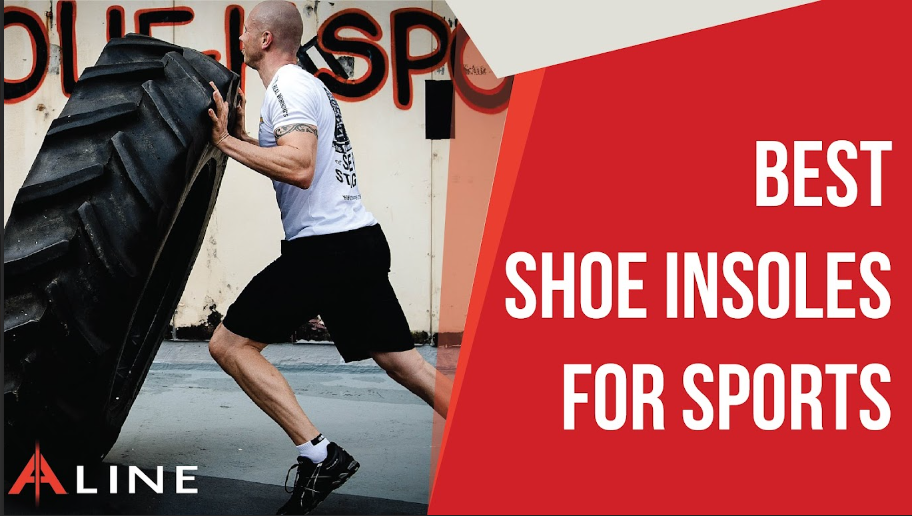How to Choose the Right Insoles for Your Arch Type

Summary
- Matching insoles to your arch type (low, neutral, or high) helps prevent pain, improve alignment, and support everyday movement.
- Low arches need firm, structured support to control overpronation, while high arches require soft, cushioned insoles for shock absorption.
- Neutral arches benefit from moderate support and flexible materials that adapt to a range of activities.
- Use simple methods like the wet test or checking shoe wear patterns to identify your arch type at home.
- Consider activity level, foot conditions (like plantar fasciitis or Morton’s Neuroma), shoe fit, and insole materials when choosing the right insert.
- If pain persists or gait issues remain, consult a specialist for custom orthotics tailored to your needs.
Foot pain often starts with something simple, wearing the wrong insoles for your foot shape. You may not notice it at first, but over time, poor arch support can lead to discomfort, poor alignment, or even injuries. Whether you’re walking, running, or just standing all day, matching your insoles to your arch type can make a world of difference.
Getting this right means better balance, more comfort, and fewer problems in the long run. And the best part? It’s not hard to figure out your arch type. Once you know what you're working with, choosing the right insoles becomes much easier.
Step 1: Identify Your Arch Type
Understanding your arch type is the most important part of this process. Here are the three most common types and what they mean for your feet.
Low Arches (Flat Feet)
If your entire foot seems to touch the ground when you stand, chances are you have low arches or flat feet. You may also notice that your shoes wear out faster along the inside edges.
Low arches usually lead to overpronation, which means your feet roll inward too much when you walk. This can cause pain in the heels, knees, or even hips over time. Flat feet also make you more likely to develop plantar fasciitis, a common and painful foot condition.
Neutral Arches
This is the most balanced foot type. If you have a visible but not overly high arch and your weight seems evenly distributed across your feet, you likely have neutral arches. Shoe wear is typically even from heel to toe.
People with neutral arches are less likely to have alignment problems, but that doesn’t mean they don’t benefit from support. During high-impact activities, even a neutral foot can start to feel the strain, especially without proper cushioning.
High Arches
If most of your foot stays off the ground except the heel and ball, and your shoes wear more along the outer edges, you probably have high arches. You can also try the pencil test: slide a pencil under your arch while standing. If it fits easily, your arch is likely high.
High arches can lead to supination, which means your feet roll outward. This limits shock absorption and increases the risk of stress fractures or pain in the ball of the foot.
Step 2: Match Insoles to Your Arch Type
Now that you know your arch type, let’s talk about what to look for in an insole.
Insoles for Low Arches
People with flat feet need structure and support. Choose insoles that offer firm and pronounced arch support to help prevent overpronation and keep your foot stable with each step. Materials like semi-rigid plastic or carbon fiber work well because they’re durable and provide consistent support over time.
Insoles for Neutral Arches
If you fall in the middle, look for moderate arch support with cushioning that adapts to different activities. Memory foam insoles can work well here, offering comfort without being too soft or too stiff. These are great for daily wear or light exercise where your foot just needs a bit of reinforcement.
Insoles for High Arches
High arches need softness, not structure. Go for insoles that have deep cushioning made of gel or EVA foam. These materials help absorb impact and take pressure off the heel and forefoot. Look for a contoured heel cup as well, which can help prevent your ankles from rolling outward.
Additional Factors to Consider
Choosing the right insole isn’t just about your arch shape. You should also think about how you use your feet throughout the day.
Activity Level
If you run or hike often, stability matters. Look for insoles with rigid support and strong heel cups to keep your foot steady on impact.
If you're standing all day, at work, in the kitchen, or on hard surfaces, you'll want something with plenty of cushioning. Comfort insoles that use foam or gel layers can help reduce fatigue.
Foot Conditions
If you deal with plantar fasciitis, you’ll need both firm arch support and added heel cushioning to relieve stress in the heel area.
For something like Morton’s Neuroma, which causes pain in the ball of the foot, insoles with metatarsal pads are ideal. These take pressure off the forefoot and create space to relieve nerve compression.
Shoe Fit
Insoles come in different thicknesses, so match the volume of the insole to your shoe type.
- For dress shoes or narrow sneakers, choose low-volume insoles that won’t crowd the space.
- For athletic shoes or hiking boots, full-length insoles are usually better. Many can be trimmed to fit your shoe exactly. Just make sure to remove the factory insole before inserting the new one.
Material Matters
Insole material affects both feel and durability. Here are some common options:
- EVA Foam: Lightweight and flexible. Good for everyday use.
- Carbon Fiber or Plastic: Offers maximum support and structure. Best for athletes or those with serious alignment issues.
- Gel: Soft and shock-absorbing. Ideal for high arches or people who walk a lot on hard surfaces.
How to Test Your Arch Type
Still unsure about your arch shape? There are two quick ways to find out.
The Wet Test
This classic test takes just a minute. Wet the bottom of your foot and step onto a piece of cardboard or paper. Look at the imprint.
- If most of your foot is visible, you likely have flat feet.
- If only the heel and ball show with a thin line connecting them, you have high arches.
- If about half of your arch is visible, you have a neutral arch.
Shoe Wear Patterns
Look at the soles of your most-used shoes.
- Worn inside edges suggest low arches and overpronation.
- Worn outside edges mean high arches and supination.
- Even wear indicates neutral arches.
These signs, along with the wet test, can give you a pretty good idea of your arch type without needing any special tools.
When to Consult a Specialist
Most people can find relief or comfort with over-the-counter insoles matched to their arch type. But if you’re experiencing:
- Persistent foot, knee, or back pain
- Noticeable gait problems or frequent tripping
- A medical condition like diabetes or arthritis
- Uneven shoe wear even after switching insoles
It’s best to see a podiatrist. A specialist can assess your gait and foot structure and recommend custom orthotics if needed. These are tailored specifically to your feet and offer targeted relief that generic insoles can't match.
Conclusion
Choosing the right insoles isn’t just about comfort, it’s about protecting your feet and improving how your entire body moves. The right support starts with knowing your arch type and matching your insole accordingly.
Don’t forget to factor in your activity level, any specific foot conditions, and how the insole fits into your shoes. Try the wet test and look at your shoe wear patterns to identify your arch type today. And here's a pro tip: Replace your insoles every 6 to 12 months, especially if you’re active. Even the best materials wear down over time.
Looking for a starting point? ALINE Insoles are built with performance, support, and comfort in mind and designed to move with your body, not against it.















